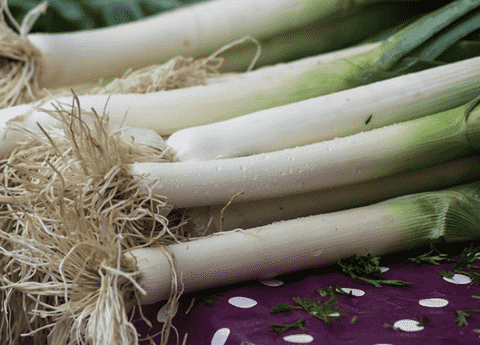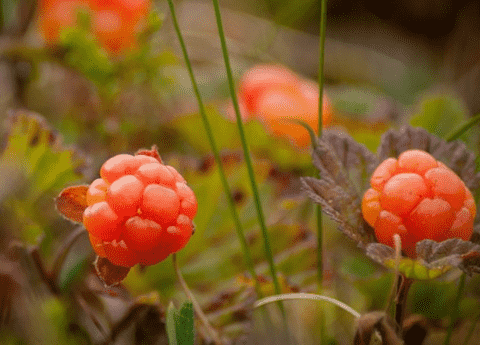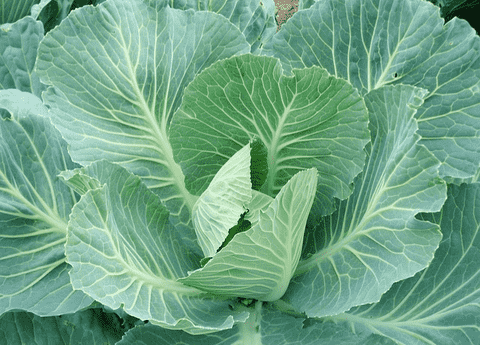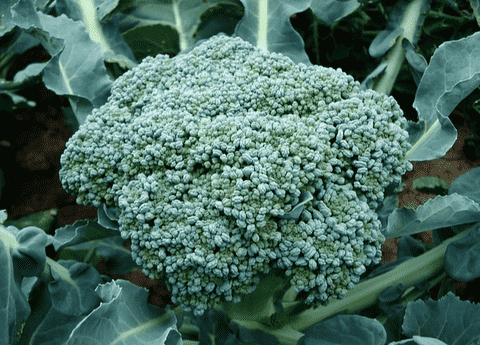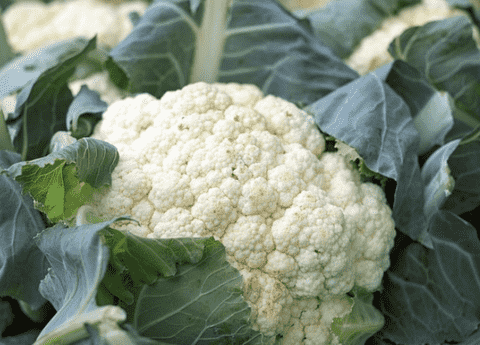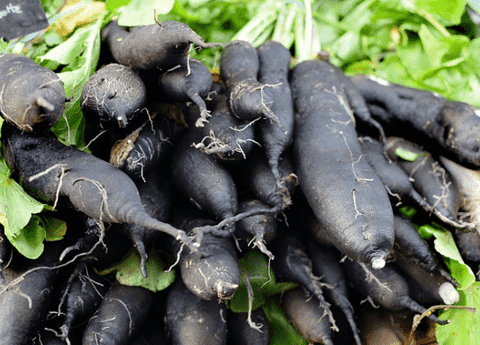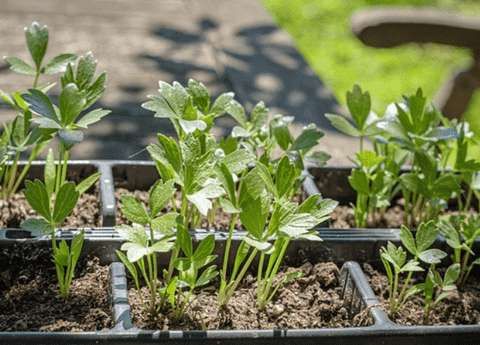The Ultimate Leek Care Guide: How to Grow and Maintain Healthy Leeks
Leeks, with their mild onion-like flavor and versatility in the kitchen, are a delightful addition to any home garden. Whether you’re an experienced vegetable grower or a culinary enthusiast eager to try your hand at gardening, understanding how to grow leeks is essential for a bountiful harvest. This ultimate leek care guide will walk you through the fundamental steps of planting leeks, offering practical leek gardening tips and insights into caring for leeks throughout the growing season. From soil preparation to pest management, this informative piece aims to equip you with the knowledge to cultivate healthy, flavorful leeks right in your backyard.
Planting Leeks Successfully
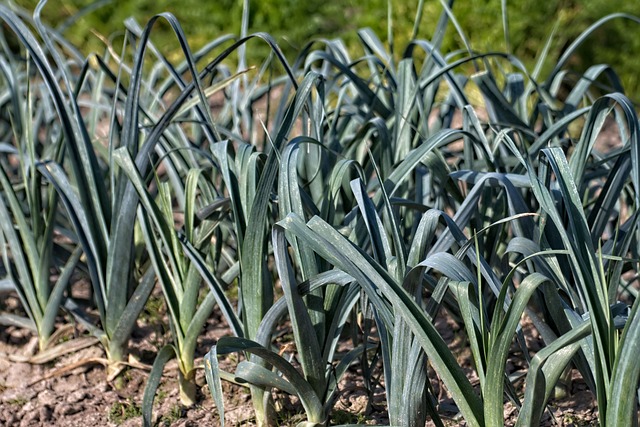
Choosing the Right Variety
Selecting the right variety is crucial when planning your leek gardening adventure. Leeks come in several types, primarily categorized as summer leeks, autumn leeks, and winter leeks. Summer leeks, like the ‘King Richard’ variety, mature quickly and are ideal for early harvests. Autumn varieties, such as ‘Blue Solaise’, are more robust and can handle cooler temperatures, making them perfect for later in the growing season. Winter leeks, such as ‘Bandit’, are exceptionally hardy and can withstand cold weather, allowing for harvests well into the winter months. When choosing your variety, consider your climate and when you wish to harvest. By selecting the appropriate type, you can ensure a steady supply of this versatile vegetable, enhancing your garden’s productivity and your kitchen’s flavors. This strategic choice sets the foundation for successful leek planting and care.
Preparing Your Soil
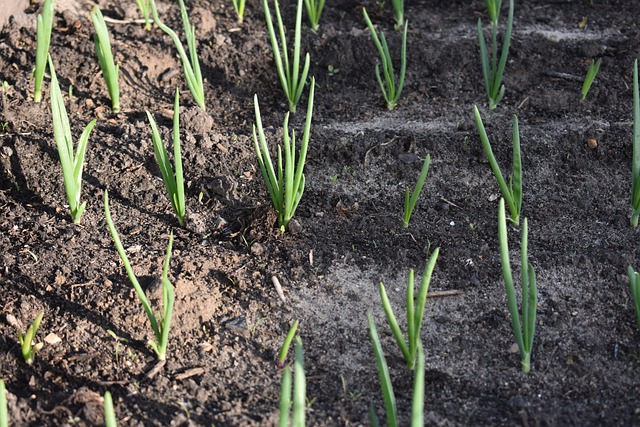
For leeks to thrive, preparing your soil is a vital step in the planting process.Leeks thrive in well-draining soil that’s rich in organic matter. Begin by choosing a sunny spot in your garden and clearing it of debris and weeds. Loosen the soil to a depth of at least 12 inches, as leeks have long roots that require ample space to grow. Add ample compost or well-rotted manure to enhance soil fertility and structure. This not only enhances drainage but also provides essential nutrients, crucial for developing healthy leeks. Check the soil pH, aiming for a slightly acidic to neutral range between 6.0 and 7.0. If necessary, adjust the pH using lime or sulfur to create an optimal growing environment. By investing time in soil preparation, you lay the groundwork for a successful leek harvest, ensuring robust growth and flavorful yields.
Planting Techniques for Success
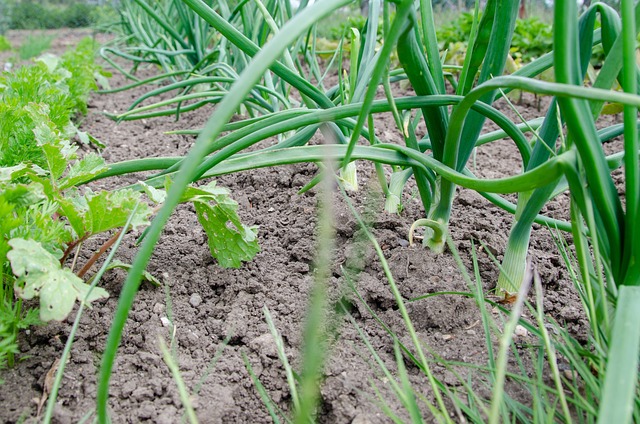
Mastering planting techniques is essential for growing leeks successfully. Start by sowing leek seeds indoors about 8 to 10 weeks before the last expected frost. This gives seedlings a head start, ensuring they are sturdy when transplanted. When seedlings reach around 6 inches in height, harden them off by gradually exposing them to outdoor conditions. Choose a well-prepared site in your garden, and dig trenches about 6 inches deep and 12 inches apart. Carefully place seedlings in the trenches, spacing them 6 inches apart. Gently fill the trenches with soil, leaving just the tips of the leaves exposed. As leeks grow, continue mounding soil around the stems to encourage long, white shanks. This blanching technique enhances the flavor and texture of the leeks. By following these planting techniques, you ensure strong, healthy plants ready to yield a bountiful harvest.
Caring for Leeks Throughout the Season
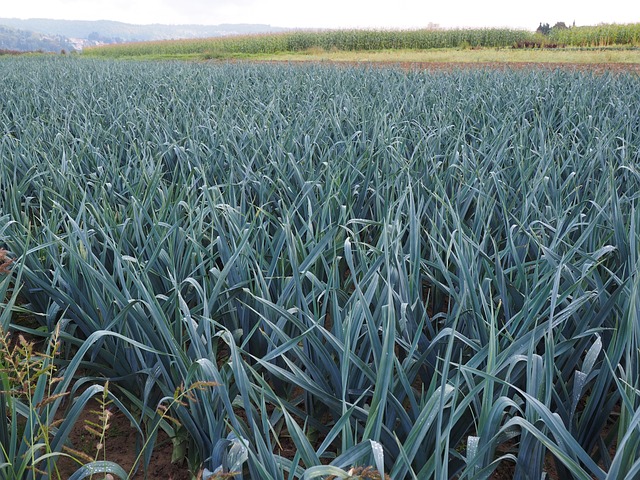
Watering and Fertilizing
Proper watering and fertilizing are pivotal to leek care throughout the growing season. Leeks require consistent moisture, especially during dry spells, to develop tender, flavorful stalks. Try to provide about an inch of water each week, either from rainfall or supplemental irrigation. Drip irrigation systems or soaker hoses are effective, as they deliver water directly to the root zone, minimizing evaporation.
In terms of fertilization, leeks benefit from a balanced approach. Apply a nitrogen-rich fertilizer every 4 to 6 weeks to promote vigorous leaf growth. Organic options, such as fish emulsion or compost tea, are excellent choices that enrich the soil without chemical additives. Be cautious not to over-fertilize, as this can lead to overly lush leaves with weaker stems.
By maintaining a consistent watering and fertilizing routine, you support healthy leek growth, setting the stage for a productive and flavorful harvest.
Pest and Disease Management
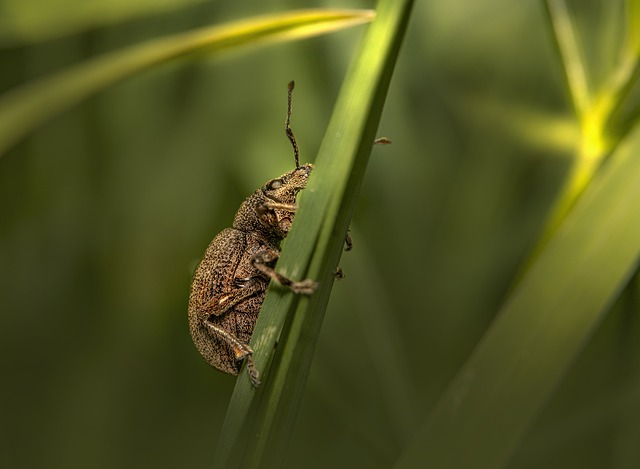
Managing pests and diseases is crucial for healthy leek cultivation. Common pests include onion flies and thrips, which can damage leaves and stunt growth. To deter these pests, use floating row covers as a physical barrier, especially during the vulnerable seedling stage. Crop rotation and interplanting with companion plants, such as carrots or celery, can also help reduce pest infestations by disrupting their life cycles.
Diseases like rust and white rot can affect leeks, particularly in humid conditions. Ensure proper spacing between plants to enhance air circulation, reducing the likelihood of fungal infections. Promptly remove and destroy any infected plant material to prevent disease spread.
Regularly inspect your leeks for signs of pests or disease, and act swiftly to address any issues. By adopting an integrated pest management approach, you can maintain a healthy crop, ensuring your leeks remain vigorous throughout the growing season.
Harvesting and Storing Leeks
When to Harvest
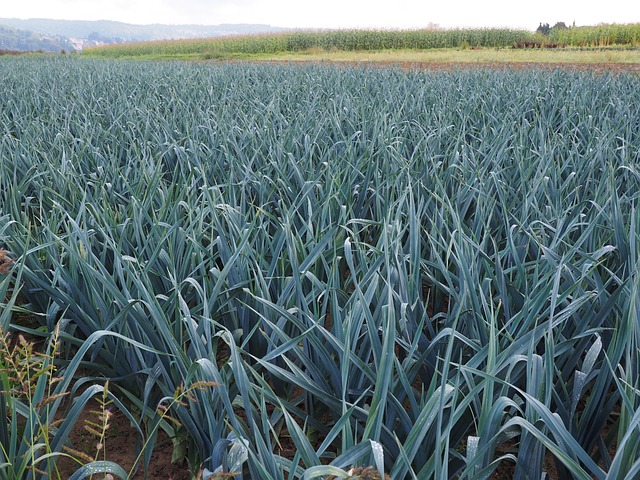
Knowing when to harvest leeks is key to capturing their best flavor and texture. Leeks are typically ready to harvest when they reach about 1 inch in diameter. However, the timing can vary depending on the variety and planting time. For summer leeks, harvesting can begin as early as late summer, while winter leeks may overwinter and be harvested throughout the colder months.
To determine readiness, examine the plant’s shank, which should be firm and well-blanched. Avoid harvesting too early as this can result in smaller, less flavorful leeks. If you planted multiple varieties, stagger harvesting to enjoy a continuous supply. Use a fork to gently lift leeks from the soil, taking care not to damage the roots.
By timing your harvest correctly, you ensure leeks with optimal flavor and texture, ready to enhance your culinary creations or for storage.
Proper Storage Methods
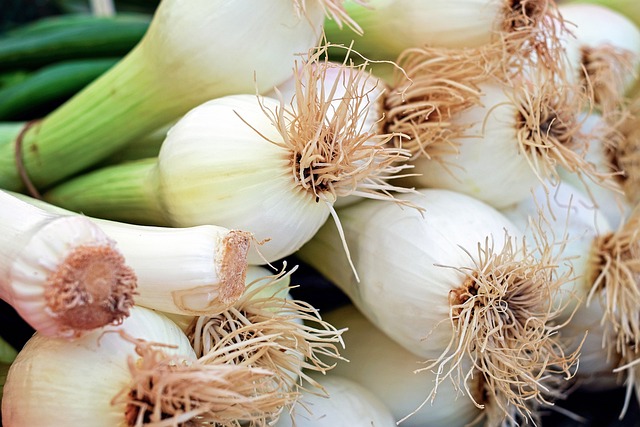
Proper storage of leeks is essential to maintain their freshness and flavor after harvest. Begin by gently removing any soil and trimming the roots. Avoid washing them before storing, as excess moisture may cause spoilage. For short-term storage, wrap leeks in a slightly damp paper towel and place them in a perforated plastic bag in the refrigerator’s crisper drawer. This approach helps keep them fresh for up to two weeks.
For longer-term storage, consider freezing leeks. Start by slicing them and blanching in boiling water for two minutes, then quickly cool in an ice bath. Drain and pat dry before transferring to airtight containers or freezer bags. Properly frozen, leeks can last up to a year, retaining their flavor and nutritional value.
These storage techniques ensure you can enjoy your homegrown leeks long after harvest, making them a versatile addition to various dishes throughout the year.

